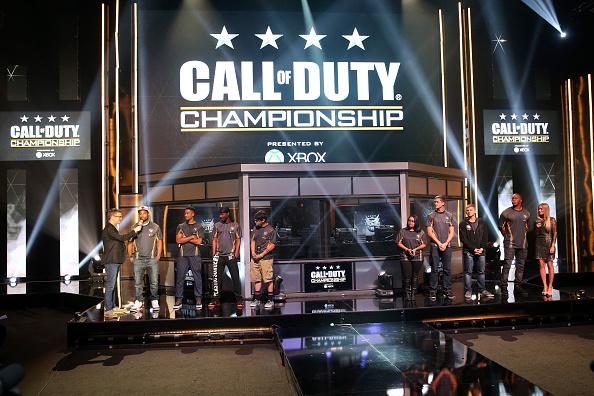
Gaming fuel is a class of energy drinks that are being sold to young video gamers with marketing that tells them it can increase their scores and their concentration. Some of the drinks have vitamins and many are sugar-free, but the biggest draw as far as gamers are concerned is the high doses of caffeine and other stimulants.
G Fuel, one of the energy drinks being sold as gaming fuel, is a powder that consumers can mix. Made according to directions, it has 150 milligrams of caffeine in 12 ounces, which is a higher concentration than Red Bull and Monster, two other brands of energy drinks. Other ingredients in many of these drinks are taurine and guarana, which are also stimulants.
GungHo, one brand of gaming fuel, has as its main ingredient 250 milligrams of citicoline, a brain chemical that is also used as a medication. The company website says that citicoline will keep "your brain alert and functioning like a Ninja."
Major energy drink makers, including Red Bull and Monster, have agreed to stop marketing their products to children under age 12, a voluntary agreement. However, they still market to teenagers. The American College of Pediatrics recommends that children and adolescents avoid all energy drinks because the caffeine and other stimulants in them can disturb sleeping patterns, increase heart rates, and slow brain development.
Video gaming is now being seen as the next medium with rock-star allure. E-athletes and professional gamers have followings of young fans. Many of these top-level gamers are sponsored by game makers and by makers of gaming fuel energy drinks.
Traditional energy drink brands are adding products aimed at gamers. These include Mountain Dew Game Fuel, Monster Energy Gaming, and Nintendo Power Up Energy Drink.
Sales of energy drinks in the United States is expected to reach $21 billion by 2017, up from $12.5 billion in 2012.
